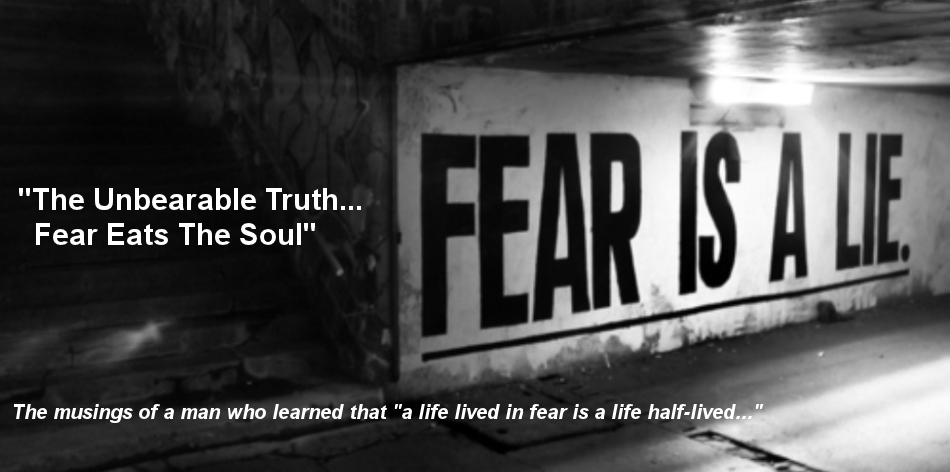Raina Bowe
11/19/2015
Is "Gaydar" real?
11/19/2015
Is "Gaydar" real?
For a very long time I didn't think so. I simply assumed it was people keying on silly stereotypes, and I hate when people do that. So to me it was simple: With no snap judgements, there is no gaydar.
Indeed, as someone who goes out of my way not to make such judgements, it made perfect sense that I had no "gaydar" whatsoever. And then I realized: I didn't know I was bisexual until I was 44. If anyone were to be clueless about "gaydar" it would be me.
Finally something I was right about.
Before we continue, let's stop putting "gaydar" in quotes. Quotes of this manner are annoying, interrupt the flow of an otherwise elegant sentence, and even make it seem like it's a fake word. It's not. No less than the Oxford Dictionary has a definition for the term: "The putative ability of homosexuals to recognize one another intuitively or by means of very slight indications, " or, "the putative ability of heterosexuals to discern the homosexuality of others."
Of course, just because something's in the Oxford Dictionary doesn't make it absolute. This is, after all, the same dictionary that added in Homer Simpson's "Doh!" More, when you understand the meaning of the word "putative" - something that is generally considered or reputed to be - you'll see Oxford isn't saying gaydar exists, just that the word does.
According to a 2012 study at the University of Washington, when shown photos of faces without hairstyles, makeup, piercings, eyeglasses or tattoos, people could identify someone who was gay about 60 percent of the time. True, that's only 10 percent more than random chance, but it's still well-beyond the margin for error. Even more impressive, the viewer only had 50 milliseconds to view the photo. Snap judgement, indeed.
Obviously, this is just one study. More critically, however, other studies over the years have made similar discoveries. Gaydar is not putative. (Gesundheit.)
What I like about the Washington study is that it explains why gaydar works. It doesn't leave it up to "future studies." Not that there's anything wrong with future studies.
It's just that when you leave it hanging that way, it leaves it open for people who really have no desire to study to say anything they want. Choosing instead to just throw crap out there with no actual facts. This is where you come up with things like "gay face" in the Urban Dictionary:
Since effeminate gay men utilize similar facial expressions as women, they develop female aging and muscle contraction patterns in their face. For example, gay face includes tightness around the mouth from pursing the lips, a facial expression common to gay men and women -- but not to heterosexual men. Also, gay men are more emotionally expressive, leading to a general 'tightness' and muscular activation throughout the entire face.
See, it's simple! Since gay guys act like women, it makes sense their face would end up looking like one.
Argh.
To be fair, the Washington study does involve the mouth; scientists had to use them to announce their findings at a press conference. (Ba-dum bum.) More than that, however, it was how people recognized the "spatial relationships among facial features, like the distance between the eyes (and mouth) " that made a difference. In other words, it's not necessarily the way features on the face like eyes and mouths look, it's the distances they are apart.
Also of note was the facial width-to-height ratio: Men tend to have "taller" faces than women, a result of testosterone release during adolescence in males. "Given that stereotypes of gender atypicality -- gay men as relatively feminine and gay women as relatively masculine -- (it might) play a role in how people judge others' sexual orientation."
Got that? (Me neither.) I put that last sentence in quotes because I couldn't simplify it without screwing it up. Heck, you ought to try reading the study itself; it was way more confusing. But in the end it all says the same thing: You can usually trust your gaydar.
Especially when it comes to lesbians.
Huh?
It's true, because also according to the Washington study, people were better at judging women's sexual orientation, 64 percent, than at judging men's, 57 percent. Possibly because men were more likely to be incorrectly categorized as gay than women were.
Although the authors were unsure why men produced more "false alarms" they had a theory: When male faces are viewed as even slightly feminine, they get labeled as gay. As this is consistent with our society's still fairly strict view of gender norms when it comes to men - being feminine is not "OK" - this makes some sense.
Finally, as I was reading through studies I found this: "The closer a woman was to her peak ovulation the more accurate her guess" when it came to identifying gay men. According to the researchers, "This suggests that fertility influences a heterosexual woman's attention to potential mates rather than merely increasing sensitivity to sexual orientation or nonverbal cues more generally."
So, gaydar is real. Good!
But is it really good? We'll save that for next week.



No comments:
Post a Comment
Comments may be moderated and will appear within 12 hours if approved.